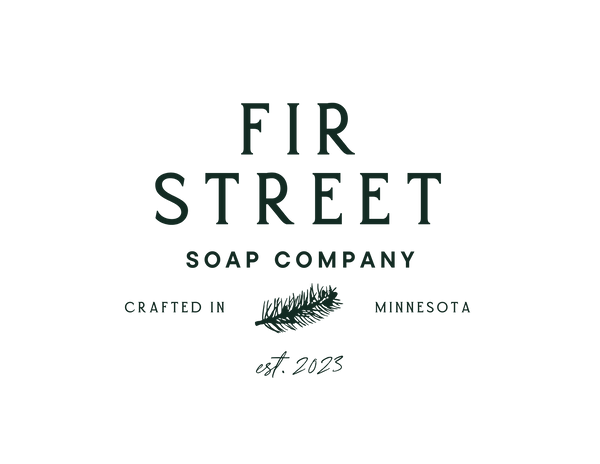What is cold process soap?
Cold process is the traditional method of making soap. It takes more time to create a product that's ready to use and the process can be much more complex, but we think you'll agree that the result is worth the extra effort.
In cold process soapmaking, fats and oils are combined with sodium hydroxide to trigger a chemical process called saponification. As these ingredients interact, the mixture begins to thicken.
Before it gets too thick to manage, essential oils and other fragrances, clays and other colorants, and texturing materials can be added to the mix. Then the mixture is poured into forming molds to harden. Once the blocks of soap can hold their shape, they are taken out of the molds and cut into bars. From there, the bars go onto wooden racks to finish hardening.
Although it's called "cold process", the soap isn't cold while we make it, at least not by Minnesota standards. It just means that no external heat is added to the soap while our bars harden and cure over a period of several weeks. The soaps make their own heat energy as the oils and sodium hydroxide combine during the saponification process, and these cold process soaps can actually become quite warm for a few days.
Most high volume industrial soapmaking uses a hot process method. In hot process, a lot of external heat energy is put into the soap so that the soap can be made and packaged very quickly.
